
Introduction to Renewable Energy Advancements

As the world shifts towards sustainable practices, breakthroughs in renewable energy technology have emerged that promise to revolutionize our approach to energy consumption. With ever-increasing concerns about climate change, clean energy innovation is more critical than ever. This blog post delves into the ground-breaking technologies in renewable energy and how they contribute to a more sustainable future.
Solar Power Innovations
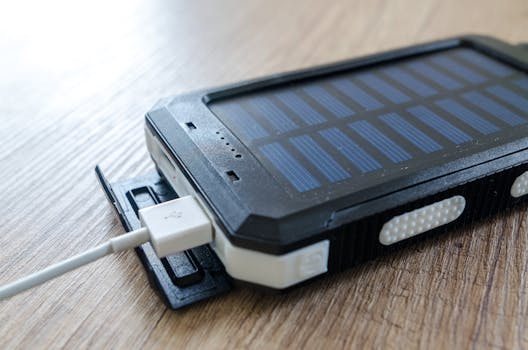
Solar power has always been at the forefront of renewable energy. Recent advancements have taken this technology to new heights. One significant breakthrough is in photovoltaic (PV) cells that have reached a record efficiency of over 26%. These cells utilize a multi-junction design, allowing them to capture more sunlight throughout the day.
Furthermore, integrating artificial intelligence (AI) with solar energy management systems offers intelligent grid connectivity. By automating power flow and predicting usage, homeowners and businesses can optimize energy consumption, reduce wastage, and harness renewable power more effectively than traditional methods.
Wind Energy: Beyond the Conventional Turbine
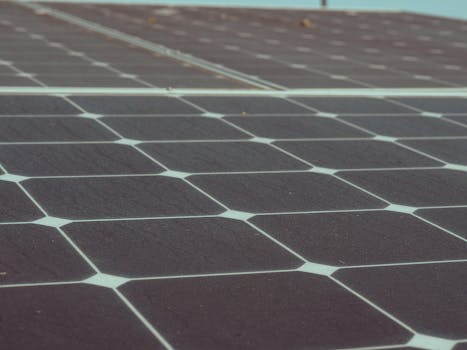
The wind energy sector is also witnessing remarkable changes. Innovative turbine designs, such as vertical-axis wind turbines, are offering an array of benefits, including noise reduction and more effective energy capture in urban settings. Additionally, floating offshore wind farms are deployment paradigms that significantly expand generational capacity, tapping into stronger marine winds often neglected by static installations.
Innovation accelerates further with the advent of predictive maintenance powered by data analytics. With this capacity, operators can foresee mechanical failures before they occur, leading to fewer downtime periods and a marked increase in efficiency.
Energy Storage Solutions
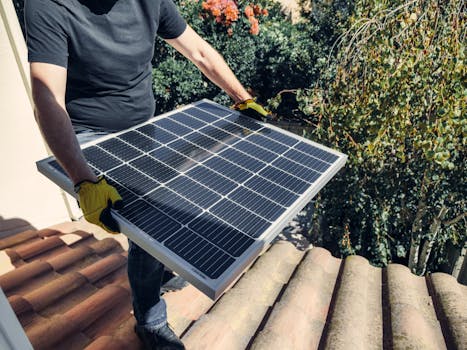
Revolutionizing the renewables space requires reliable energy storage solutions. Advances in battery technology, particularly lithium-sulfur and solid-state batteries, are paving the way for increased capacity, faster charging times, and most notably, improved lifespan. These innovations will eventually lead to more sustainable energy ecosystems that comprise storage systems capable of balancing input from solar and wind energies around the clock.
Companies are also exploring innovative ways to store and distribute surplus energy, such as green hydrogen, produced through the electrolysis of water. Hydrogen has the potential to decarbonize multiple sectors, including heavy transport and manufacturing, thus supporting a proportionately comprehensive energy transition.
Sustainable Building Practices
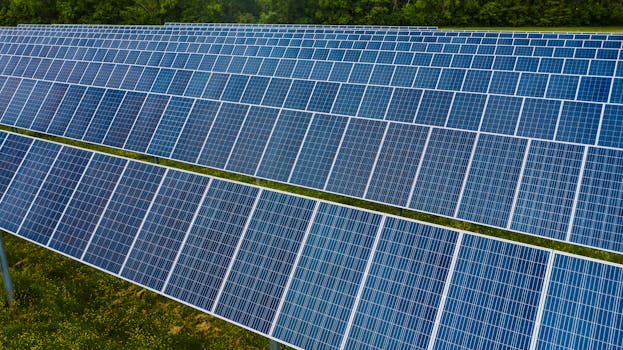
Integration of renewable energy sources is redefining modern architecture through sustainable design. Smart homes equipped with renewable solutions like solar panels, energy-efficient appliances, and insulative materials aid in significantly reducing carbon footprints. Local governments are incentivizing these practices by offering subsidies and extending brand new guidelines for constructing smart urban spaces.
By coupling green building materials sourced from sustainable forestry and using advanced energy-efficient technologies, architects and engineers can layout systems that substantially reduce resource consumption across lifespan.
Conclusion
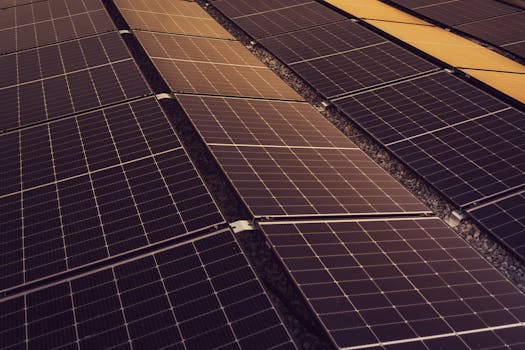
The path towards a sustainable future heavily relies on breakthroughs in renewable energy technologies, rendering stress on total cycle sustainability across materials and utilities. The collective innovations in solar power, wind generation, energy storage, and sustainable architecture illustrate the footprint entities can generate when aligning toward minimal ecological impacts and cleaner energy processes. Engaging in these advancements can pave the way for global scalability and developing energy systems, crucial now more than ever in our dire environmental scenario.





